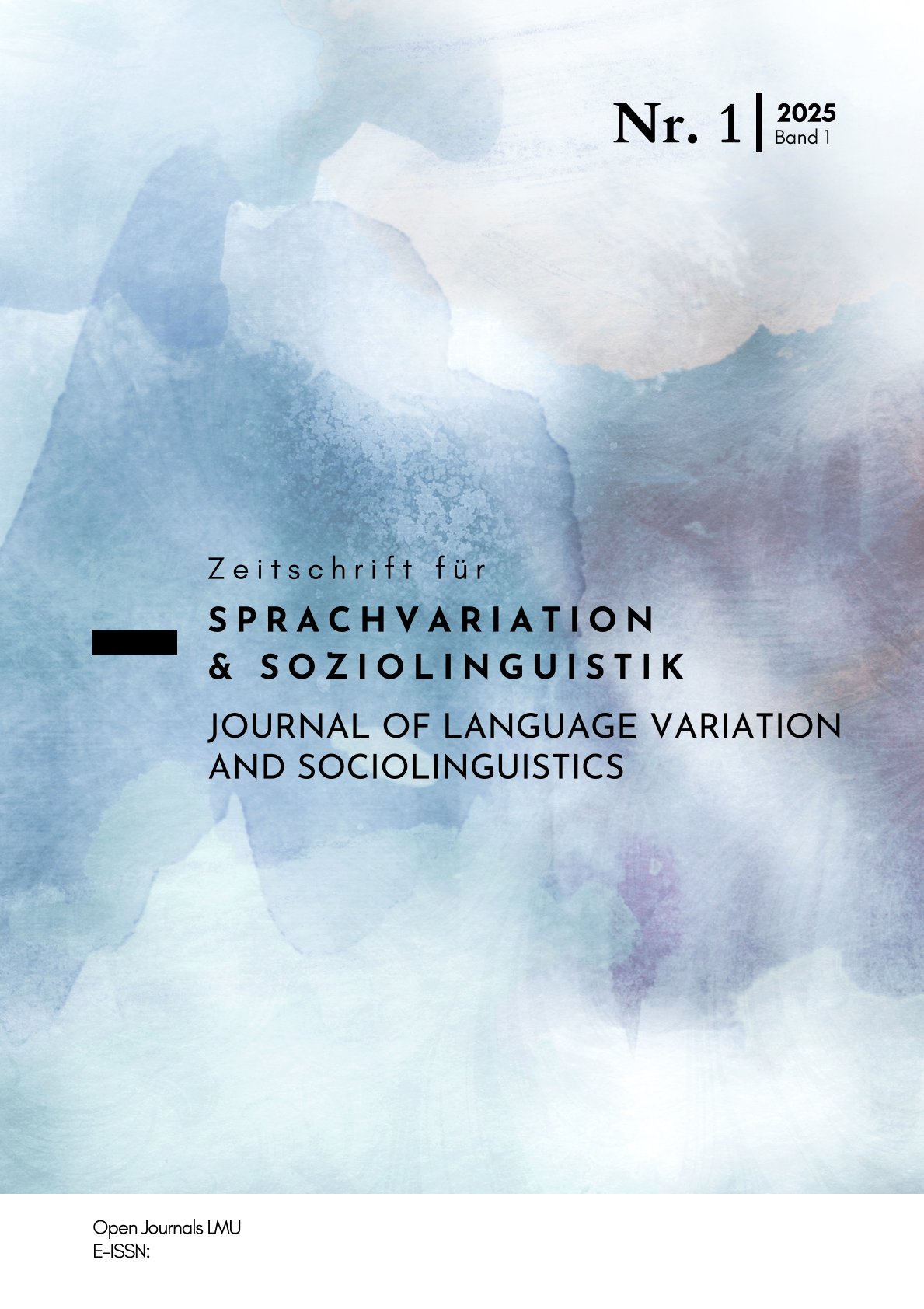Geographical patterns in the Bavarian dialects of Austria and South Tyrol. A real-time comparison using dialectometric methods
DOI:
https://doi.org/10.5282/jlvs/7

Abstract
This paper presents a comparative real-time study of phonological variation in Bavarian dialects in Austria and South Tyrol, using a dialectometric approach. Drawing on historical data from the ‘Dictionary of Bavarian Dialects in Austria’ (Wörterbuch der bairischen Mundarten in Österreich) and contemporary data from the project ‘Variation and Change of Dialect Varieties in Austria (in Real and Apparent Time)’, supplemented by data from the project ‘German Dialects in South Tyrol’ (Deutsche Dialekte in Südtirol), we investigate geographic patterns of dialectal variation over time. The study addresses three central research questions: (1) What geolinguistic patterns emerge from historical and contemporary datasets? (2) How do these patterns align with traditional qualitative dialect classifications? (3) Can language change be identified through diachronic comparison? By analyzing a consistent set of 31 phonological variables using techniques such as multidimensional scaling and cluster analysis, we find a strong overall correspondence between historical and contemporary dialect classifications, which also align well with traditional qualitative dialect classifications. Our results highlight the persistence of major dialect divisions, particularly between (South) Central Bavarian and South Bavarian. At the same time, we identify more localized changes, such as the retreat of South Bavarian in southeastern Austria, increasing regionalization, and shifts in east-west variation patterns. In sum, the study demonstrates that real-time comparisons using dialectometric methods are feasible, despite certain methodological challenges.
Schlagwörter
dialect classification, dialectometry, real-time change